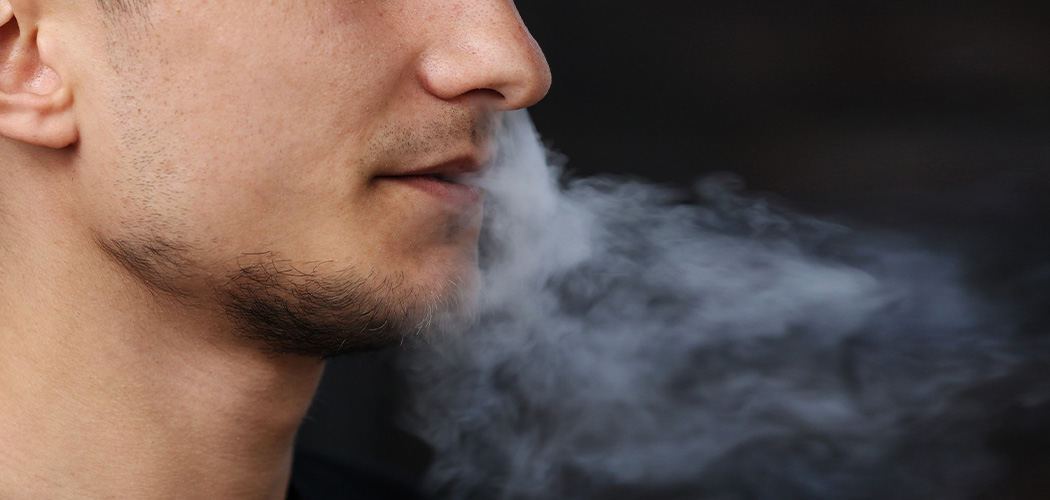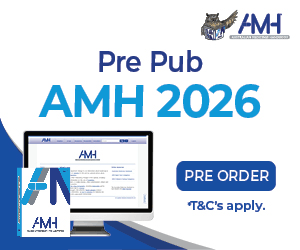While less than 10% of Australians are smoking daily, the use of e-cigarettes tripled between 2019 and 2022–2023, survey results from Australian Institute of Health and Welfare (AIHW) have revealed.
The National Drug Strategy Household Survey 2022–2023 examines information on more than 21,000 people in Australia aged 14 and over and their use of, and attitudes toward, tobacco, e-cigarettes, alcohol, and illicit drugs.Â
Tobacco smokingÂ
“Smoking is the leading cause of preventable disease and death in Australia, so it’s encouraging that we continue to see a decrease in the use of tobacco by people in Australia,” said AIHW spokesperson Dr Gabrielle Phillips.Â
The number of people in Australia aged 14 and over who smoke daily has dropped by two-thirds from 24% in 1991 to 8.3% in 2022–2023. Meanwhile, the proportion who have never smoked continues to rise, up from 49% in 1991 to 65% in 2022–2023.Â
E-cigarettes and vapingÂ
In 2022–2023, one in five (19.8%) people aged 14 and over in Australia reported having used an e-cigarette at least once in their lifetime, up from 11.3% in 2019. Current use of e-cigarettes also increased, from 2.5% in 2019 to 7.0% in 2022–2023.Â
“Vaping was most common among people aged 18–‍24, with current use increasing substantially between 2019 (5.3%) and 2022–‍2023 (21%). Half (49%) of people aged 18–24 reported having tried an e-cigarette in their lifetime,” Dr Phillips said.   Â
 Older age groups were the most likely to smoke tobacco in 2019 and 2022–2023 and the least likely to use e-cigarettes. Younger age groups were the most likely to use e-cigarettes and less likely to smoke tobacco.Â
While the National Drug Strategy Household Survey collects a range of information on the use e-cigarettes, the survey results do not provide comprehensive evidence for or against the use of e-cigarettes as a smoking cessation tool, or as a gateway to tobacco smoking.Â
AlcoholÂ
Alcohol remains the most commonly used drug in Australia, with about (77%) of Australians reporting they consumed alcohol in the previous 12 months.Â
“Despite updated guidelines to reduce alcohol-related harms, the proportion of people in Australia who drink alcohol at risky levels has not changed since 2019,” Dr Phillips said.Â
Around one in three people (31%) drank alcohol in ways that put their health at risk in 2022–2023, similar to 2019 (32%).Â
Males were more likely to drink at risky levels than females in 2022–2023 (39% compared to 23%).Â
The proportion of males drinking at risky levels has been on a long-term decline, from 50% in 2007 to 39% in 2022–‍2023. A similar trend occurred among females, but the change was much more gradual (from 27% in 2007 to 23% in 2022–‍2023).Â
Illicit drugsÂ
In 2022–2023, around 1 in 5 (18% or 3.9 million) people in Australia aged 14 and over recently (in the past 12 months) used a drug illicitly, with almost half (47% or 10.2 million) having used one in their lifetime. Â
Recent use of many illicit drugs in Australia remained stable between 2019 and 2022–2023, including cannabis and cocaine. However, this wasn’t the case for all illicit drugs.Â
From 2019 to 2022–2023:Â
- Marijuana/cannabis, remained stable at 11.5%
- Cocaine remained relatively stable at 4.5%
- Hallucinogens, increased from 1.6% to 2.4%
- Ketamine, increased from 0.9% to 1.4%
- Ecstasy, decreased from 3.0% to 2.1%
- Non-medical use of pain-relievers and opioids, decreased from 2.7% to 2.2%
Young peopleÂ
“Males have historically been more likely to use illicit drugs than females, however 2022–2023 was the first time since monitoring began that females aged 18–24 were as likely to use illicit drugs as males of the same age,” said Dr Phillips.Â
In 2022–2023, more than 1 in 3 (35%) females aged 18–24 reported recent use of illicit drugs, up from around 1 in 4 (27%) in 2019. Recent use among young males remained stable at 35% in 2022–2023.Â
Similarly, risky alcohol consumption increased among females, narrowing the gap between young males and females. Males aged 18–‍24 were much more likely to consume alcohol at risky levels (47%) than females of the same age (35%) in 2019. In 2022–2023, 45% of males consumed alcohol at risky levels compared to 40% of females, the smallest gap seen since 2001.Â
Today’s report includes data about culturally and linguistically diverse people, First Nations people, LGBT people, pregnant and breastfeeding women, older people, people experiencing mental illness, and peoples’ socioeconomic position.








